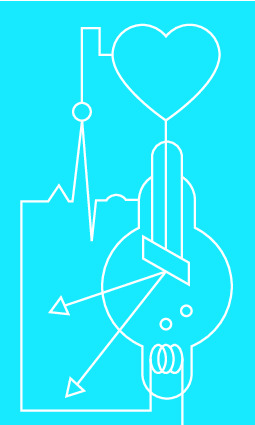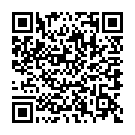|
|
|
| Module code: BMT3602.ECO |
|
|
3V (3 hours per week) |
|
3 |
| Semester: 6 |
| Mandatory course: yes |
Language of instruction:
German |
Assessment:
Exam
[updated 30.04.2025]
|
BMT2602.ECO (P213-0024) Biomedical Engineering, Bachelor, ASPO 01.10.2018
, semester 6, mandatory course
BMT3602.ECO (P213-0251) Biomedical Engineering, Bachelor, SO 01.10.2025
, semester 6, mandatory course
|
45 class hours (= 33.75 clock hours) over a 15-week period.
The total student study time is 90 hours (equivalent to 3 ECTS credits).
There are therefore 56.25 hours available for class preparation and follow-up work and exam preparation.
|
Recommended prerequisites (modules):
None.
|
Recommended as prerequisite for:
|
Module coordinator:
Prof. Dr. Robert Lemor |
Lecturer: Prof. Dr. Robert Lemor
[updated 29.11.2024]
|
Learning outcomes:
After successfully completing this module, students will: be familiar with social risks and the basic structures of social security that have developed as a result. They will be familiar with the central principles of the welfare state and social insurance, their financing bases, and the interaction between the various institutions involved. Students will have a common understanding of key terms relating to health, healthcare, and economics.
They will be familiar with the core services provided by statutory health, nursing care, accident, and pension insurance and understand the differences between statutory and private health insurance systems. Using the example of how the Joint Federal Committee works, students will have become familiar with which medical services are included in the fee schedule for doctors and thus in the catalog of services covered by health insurance, and which services are individual health services (IGeL) and must be financed privately. We will have discussed the effects of government intervention in the healthcare market using the example of co-payment regulations for various healthcare services.
Students will know key economic concepts and be familiar with the evaluation approach in healthcare. They will be familiar with the topic of strategic management by exploring the example of occupational health management (OHM) as a health economic approach. We will have addressed the process steps, the influence of leadership on health, and other content-related starting points for improving health indicators. We will have addressed the advantages and disadvantages of several analysis and evaluation tools.
Students will have calculated the economic efficiency of a CHM using assumed reduced continued sick pay costs and assumed reduced motivation losses.
Students will be familiar with supply chain management concepts and the basic ideas behind health technology assessments.
[updated 30.04.2025]
|
Module content:
1. Social risks, development, and challenges of social security in Germany and creating a common understanding of health and economics
2. Sources and pillars of social security, basic concepts of healthcare and social security, overview of social security financing principles
3. Core services provided by statutory health insurance and differences in financing compared to private health insurance, the healthcare market, and health-related indicators
4. Overview of relevant core benefits provided by statutory accident, long-term care, and pension insurance, and how to deal with gaps in coverage
5. Key economic concepts and evaluation in healthcare, strategic management using the example of occupational health management as a medical economic approach
6. Advantages and disadvantages of analysis and evaluation tools in occupational health management
7. Economic discussion on continued sick pay costs and loss of motivation, key economic concepts, and economic evaluation in healthcare
8. Concepts of supply chain management and supply chain networks
9. Insights into health technology assessment and exam preparation
[updated 30.04.2025]
|
Recommended or required reading:
Krapf, Manfred: Der deutsche Sozialstaat seit der Jahrhundertwende (gebundene Ausgabe) von der Reform nach 2000 bis zur Gegenwart, wbg Academic in der Verlag Herder GmbH, 2019, ISBN: 978-3-534-40132-1
Bernhard Badura: Betriebliche Gesundheitspolitik Der Weg zur gesunden Organisation, Springer, 2. Vollständig überarbeitete Auflage 2010, ISBN: 978-364204336
Badura, Ducky, Baumgardt, Meyer, Schröder (Hrsg.). Fehlzeitenreport 2023 Zeitenwende Arbeit gesund gestalten, 2023, ISBN: 978-3662675137
Chopra, Sunil; Meindl, Peter: Supply chain management: strategy, planning, and operation, Pearson, (akt. Aufl.)
Penter, Volker; Augurzky, Boris: Gesundheitswesen für Praktiker, Springer Gabler, 2014, ISBN 978-3658004149
Perleth, Matthias; Busse, Reinhard; Gerhardus, Ansgar u.a.: Health Technology Assessment: Konzepte, Methoden, Praxis für Wissenschaft und Entscheidungsfindung, Medizinisch-Wissenschaftliche Verlagsgesellschaft, (akt. Aufl.), ISBN 978-3941468719
[updated 30.04.2025]
|


